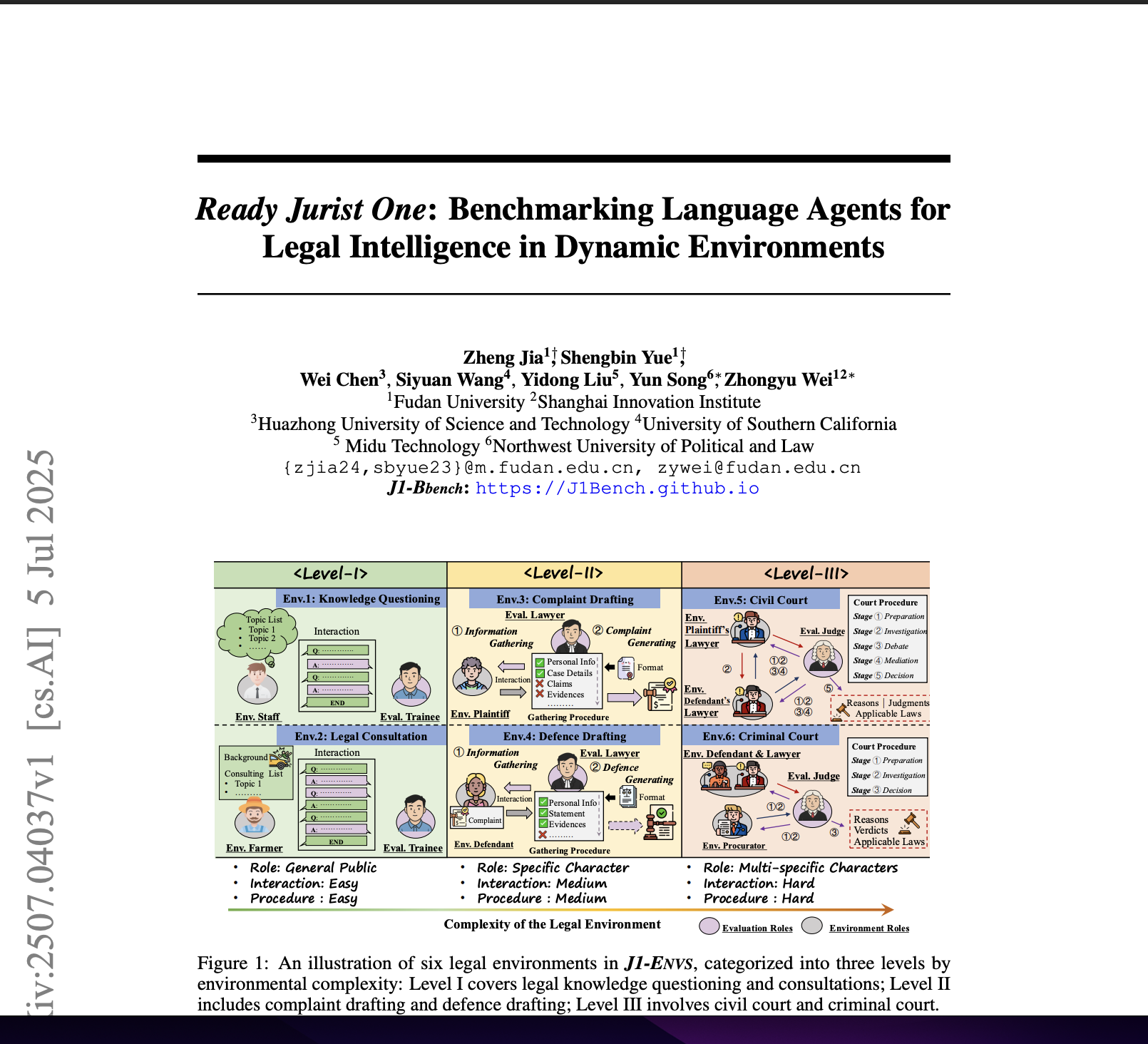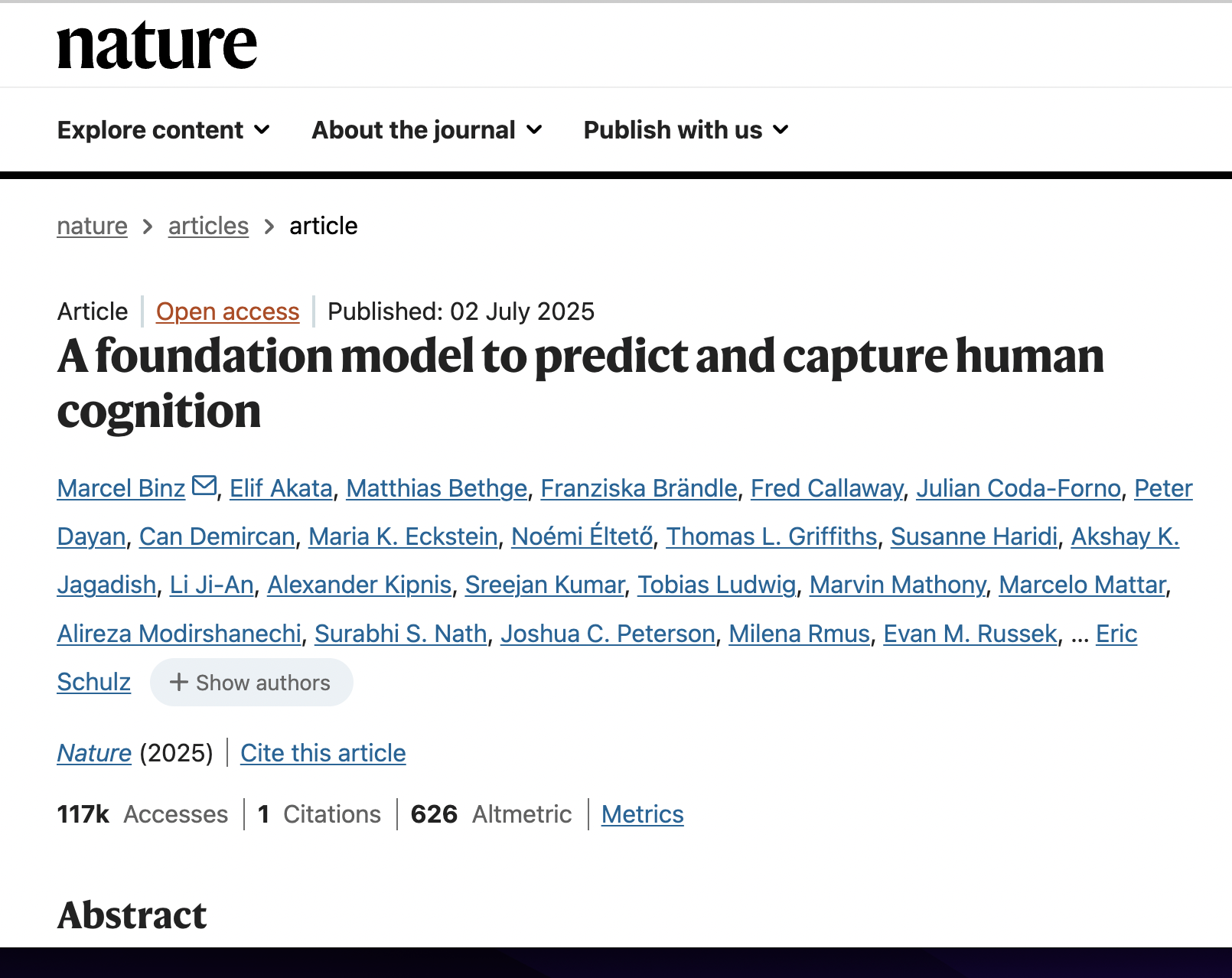Personabot: Bringing Customer Personas to Life with Llms and Rag
postMuhammed Rizwan, Lars Carlsson, Mohammad Loni
Published: 2025-05-22

🔥 Key Takeaway:
Giving an AI a few well-chosen, example-rich prompts (not elaborate, step-by-step reasoning) makes its simulated personas more complete and realistic—so, less “thinking out loud” and more “show, don’t tell” leads to better synthetic audiences.
🔮 TLDR
This study tested two ways of prompting large language models (Few-Shot and Chain-of-Thought, or CoT) to generate synthetic customer personas from real customer success stories, and integrated these personas into a Retrieval-Augmented Generation (RAG) chatbot for business use at Volvo Construction Equipment. Few-Shot prompting produced significantly more complete personas (p = 0.0063), but CoT was faster (2.79s vs. 3.66s average generation time) and used fewer tokens (2064 vs. 3506). After adding synthetic personas and more segment-specific data to the chatbot’s knowledge base, the average accuracy rating from business users rose from 5.88 to 6.42 out of 10, and 81.8% found the updated system at least somewhat useful for business decisions. Actionable takeaways: for persona generation, use Few-Shot prompting if completeness is critical, but CoT if speed and efficiency matter; augmenting chatbots with synthetic personas and richer segment data measurably improves perceived utility and accuracy, but further gains require more diverse and comprehensive input data.
📊 Cool Story, Needs a Graph
Table 8: "Summary of Evaluation of Prompting Techniques"

Head-to-head comparison of Few-Shot and CoT prompting for persona generation.
Table 8, located on page 18, presents a clear side-by-side summary of the experimental results for Few-Shot and Chain-of-Thought (CoT) prompting methods. It lists performance across all key metrics—completeness, relevance, consistency (indicating statistical significance or not), as well as the measured average generation time and total tokens used for each method. This layout makes it easy to see that Few-Shot prompting is statistically superior in completeness, while CoT is more efficient in time and token usage, giving a comprehensive single-view comparison of how the proposed approach stacks up against its main baseline.
⚔️ The Operators Edge
One detail experts might overlook is that the real power of the few-shot method in this study comes from carefully curating the example personas used as context—not just any examples, but ones that are rich, relevant, and structured to match the attributes you want the model to extract (see the example persona boxes on page 9). This “priming” is what teaches the AI what to look for in new, unstructured stories and determines whether it outputs complete, usable synthetic personas or falls back on generic filler.
Why it matters: The quality and structure of your few-shot examples act as the “training set” for the AI’s on-the-fly learning. If your examples are detailed, diverse, and well-aligned with the key business questions, the model’s outputs will cover the right ground (e.g., buying criteria, pain points, expectations). But if your examples are too generic, inconsistent, or miss the business context, the AI will mimic those flaws—leading to incomplete or off-target personas, regardless of the underlying model’s power.
Example of use: Let’s say a user research team at a SaaS company wants to simulate small business owner personas for a new accounting feature. If they prime the AI with a few real, well-structured interview summaries—each covering pain points, product usage, and key decision criteria—the AI will generate new synthetic personas that consistently address those topics, making downstream analysis (like feature prioritization or messaging tests) actionable and reliable.
Example of misapplication: If the team uses vague or inconsistent examples (e.g., one persona lists lots of detail, another just has a name and age, a third lacks any business specifics), the AI will produce similarly disjointed outputs—sometimes detailed, sometimes empty, and often missing the business insights needed. Worse, if the sample personas all reflect only successful or satisfied users, the synthetic set may fail to capture objections, churn risks, or feature gaps, leading to biased research conclusions or missed opportunities.
🗺️ What are the Implications?
• Use example-based prompts for richer AI personas: When building virtual audiences, providing the AI with several real customer personas as examples before generating new ones (the “few-shot” approach) results in more complete and realistic synthetic participants than simply telling the AI to “think step by step.”
• Prioritize completeness for nuanced studies: If your research relies on capturing detailed motivations, challenges, and buying criteria, the few-shot approach produces personas with more thorough and actionable details—especially important in B2B or complex decision journeys.
• Check for missing diversity in synthetic outputs: Few-shot prompting can still miss important perspectives when example personas lack variety (e.g., only featuring successful or satisfied customers). Be intentional about including diverse backgrounds, segments, and even “negative” cases in your prompt examples.
• Balance thoroughness with efficiency needs: Few-shot prompts are a bit slower and use more computing power, but the gain in detail justifies the cost for most market research. For very large or fast-turnaround simulations where speed is critical, you might prefer simpler prompting, but expect less complete personas.
• Augment your AI audience with real business context: Adding extra segment- or product-specific details to the AI’s knowledge base (not just generic data) measurably improves the relevance and accuracy of simulated responses, as shown by increased user satisfaction scores in the study.
• Validate synthetic personas with small human reviews: Even with better prompting, it’s wise to have a few real stakeholders or customers review the generated personas for obvious gaps or errors before running large-scale virtual experiments.
• Invest in prompt design and data collection up front: The biggest improvements in simulation realism come not from the AI model itself, but from the quality and diversity of the examples and context you give it. Allocating resources to create good prompt sets and data pays off in more actionable insights.
📄 Prompts
Prompt Explanation: Few-Shot Persona Generation — guides the AI to generate a synthetic customer persona from a success story using structured instructions, output format, and three verified persona examples.
System: You are a synthetic persona generation assistant. Your task is to create a detailed customer persona from a given customer success story. Follow the structured format below and ensure that all attributes are filled based only on information found in the story. Do not add fabricated or speculative content.
Task: Generate a synthetic customer persona.
Output Structure:
- name:
- role:
- age:
- number-of-employees:
- fleet-size:
- story:
- important aspects:
- challenges:
- expectations:
- buying considerations:
- URL:
Examples:
Persona 1: [example content]
Persona 2: [example content]
Persona 3: [example content]
[Customer Success Story]
Prompt Explanation: Chain-of-Thought Persona Generation — instructs the AI to reason step-by-step through key aspects of a customer success story before producing a structured persona.
System: You are a synthetic persona generation assistant. Your task is to analyze a customer success story and create a structured persona by following a step-by-step reasoning process.
Instructions:
1. Identify key details about the customer’s background and business context from the story.
2. Extract the customer’s role, important aspects, challenges, expectations, and buying considerations, citing only what is present in the story.
3. Generate a structured persona in the following format:
- name:
- role:
- age:
- number-of-employees:
- fleet-size:
- story:
- important aspects:
- challenges:
- expectations:
- buying considerations:
- URL:
[Customer Success Story]
⏰ When is this relevant?
A business software company is preparing to launch a next-generation team collaboration tool and wants to understand how different types of professionals—remote-first tech workers, project managers in traditional offices, and freelance consultants—would react to its new features. The company wants to quickly simulate qualitative interview feedback using AI personas, so they can refine product messaging and prioritize features before spending on a full-scale pilot.
🔢 Follow the Instructions:
1. Define audience segments: Choose three representative AI personas. For each, specify job role, work environment, pain points, and goals. Example:
• Remote-first tech worker: 29, software engineer, works from home, values async communication, dislikes unnecessary meetings.
• Project manager (traditional office): 41, manages 10-person team, prefers clear status updates, needs to keep projects on track, juggles multiple deadlines.
• Freelance consultant: 35, juggles multiple clients, values simplicity and tool flexibility, often works on the go.
2. Prepare prompt template for persona simulation: Use this structure for each persona:
You are a [persona description].
You have just been introduced to a new collaboration software with the following features: real-time document co-editing, smart task assignment, meeting auto-summarization, and integrated video chat.
A product researcher is interviewing you for feedback.
Respond naturally as your persona to the following question, using 3–5 sentences.
First question: What are your first impressions of this tool? Which features stand out to you and why?
3. Generate responses for each persona: For each segment, run the prompt through a language model (such as GPT-4) to generate 5–10 simulated interview responses, using slight variations in the question wording if desired (e.g., ""How would this change your daily workflow?"" or ""What might make you hesitant to try it?"").
4. Add follow-up questions: Based on initial responses, ask up to two follow-ups, such as ""Can you see yourself switching from your current tool? Why or why not?"" or ""What would you need to see to feel confident recommending this to others?"" Continue to use the same persona instructions so the AI stays in character.
5. Tag and summarize feedback: Review all responses and tag key themes (e.g., ""enthusiastic about async features,"" ""concerns about learning curve,"" ""needs mobile optimization,"" ""requests for better integrations"").
6. Compare segments and extract takeaways: Summarize which features and messages resonate most (or least) by persona. Note any segment-specific objections or must-haves, and identify patterns that could shape product positioning or onboarding.
🤔 What should I expect?
You’ll get a quick, realistic sense of how different customer types might respond to the new tool, which features drive excitement or skepticism, and what language will likely connect with each segment. This lets the business team prioritize go-to-market messaging, identify potential dealbreakers, and refine features before committing resources to live customer pilots.




